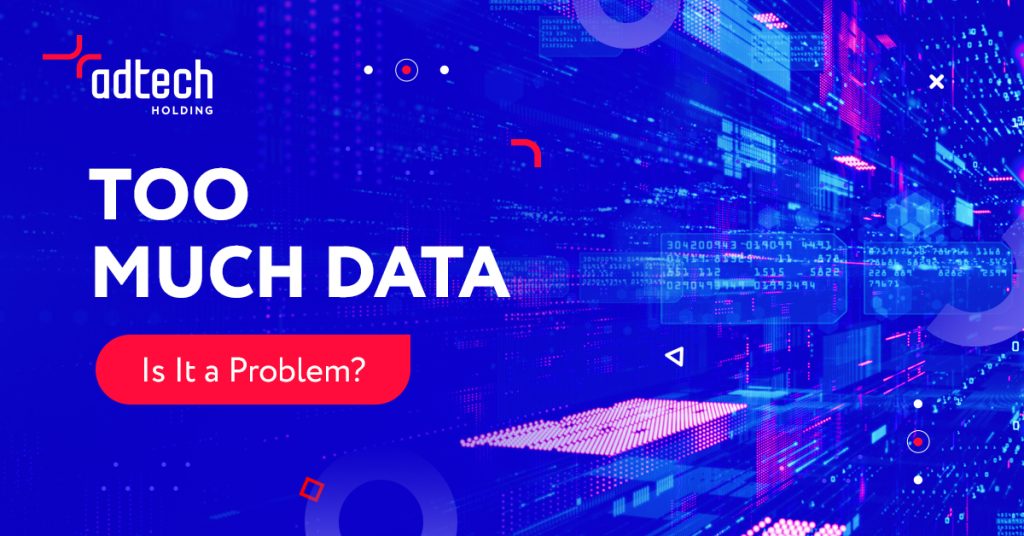Brand Safety in 2024: Measures Experts Recommend

The integrity and reputation of a brand and its presence in a digital landscape are significant concerns for all kinds of businesses, from large enterprises to small entrepreneurs. Not every company has strict brand safety guidelines upon record. However, any advertising activity involves understanding the desired as well as ultimately unwanted placements.
The biggest brand safety risks are usually associated with programmatic media buying and brand mentions – two types of digital advertising that are hard to take under 100% control. However, it does not mean you jeopardize brand safety with every ad network campaign or user review.
Today, we prepared the most actual recommendations on brand safety protection, suggested by AdTech Holding experts as the proven and widely adopted modern methods.
Why is Brand Safety Important?
While brand safety has become a buzzword long ago, its fundamental importance is not always evident. What can be the consequences of the possible brand safety abuse? The traditional definitions sound like this:
- Affected brand reputation. The overall customer loyalty might decrease due to deceptive location of ads publishing, like advertising fishing rods on a fashion website, which, in turn, may result in a waste of money.
- Lost ad spends. Companies invest much in their advertising efforts. Thus, an ad placed alongside controversial content might lead to lost budgets, especially if the content becomes blocked, deleted, or removed with all its ad placements.
- Compliance issues. Every brand has to stay compliant with local laws, including advertisement regulations. The wrong, inappropriate placement might expose a brand to compliance risk, leading to penalties and other legal problems, especially when we are talking about advertising special types of goods and services, like medicines or alcohol.
One of the brightest examples of brand safety abuse is related to the scandal known as the ‘YouTube boycott’ that arose back in 2017, when Mars, McDonald’s, and a range of other corporations paused all their YouTube advertising campaigns. The reason for this boycott was the appearance of ad prerolls and midrolls in the video clip that contained extremist propaganda. Consequently, the situation led to financial losses for both sides: brands that wasted ad budgets and advertising effects, and YouTube, which risked its reputation and revenue from big customers.
What Can Affect Your Brand Safety?
In our example, brand safety was distorted by the wrong ad placement, which an advertiser could not control. However, there are more cases that might appear and require regular monitoring.
- 1. Inappropriate ad placement. As already mentioned, the top popular brand safety risk is the brand’s mentions alongside unwanted surroundings. This risk becomes specifically higher when it comes to paid programmatic advertising at specific ad networks that do not have strict policies regarding their traffic sources.
- 2. Brand mentions. Cooperation with ad providers having strict brand safety protection guidelines mitigates the risks of facing inappropriate ad placements. However, it is much harder to take control over mentions brand customers might leave at video hosting platforms, comment sections, or independent review websites. For example, an ad platform that has strict policies against mature content might find itself mistakenly included in a listing of the best adult platforms. Even if the listing does not contain any negative mentions, the appearance in such a context also poses a threat to brand safety and perception.
Another example is related to video hosting services again when brands stopped advertising efforts on the platform because of inappropriate comments on videos for children.
- 3. Ad fraud. While ad fraud evidently affects budgets first, there is one more side in place. Fraudulent actions that involve impersonating brand domains, webpages, or social media accounts might also affect the brand’s reputation and result in significant harm to brand safety.
One such example was registered by AdEx, an anti-fraud advertising tool. While doing a standard check for one of its customers, an AdEx specialist discovered a suspicious link that led to a website with the official Barcelona FC domain. A thorough investigation showed that a fraudster got access to the domains and registered several pages that were misrepresented for Barcelona’s official projects. In reality, these pages suggested fake iGaming activities that stole user deposits. As a result, the official Barcelona FC domains became involved in the scam actions that could have affected brand safety if not for the prompt actions from the AdEx side.
How to Protect Brand Safety: Best Measures and Practices
Once the three biggest threats are revealed, brands can follow the guidelines to prevent possible issues and combat issues that arise. In this part, we collected the best practices from the security, compliance, and anti-ad fraud specialists from AdTech Holding.
Brand Safety with Programmatic Advertising
As has already been mentioned, the biggest brand safety issue of programmatic media buying is the impossibility of checking every single traffic source. The solution here is evident: cooperation with the advertising networks can ensure clean ad environments.
How to understand that a network is capable of ensuring this? Here is a checklist of the features that give advertisers stronger confidence in their brand safety.
- 1. Strict policies regarding acceptable content. The ad network advertising policy must give an instant understanding of its traffic sources environment and comply with the brand safety guidelines from the advertiser.
Most advertising networks come up with special separate rules for every ad format and common policies that prohibit any traffic sources that are not in line with them.
- 2. Enhanced control over traffic sources. While it is not always possible to collect data about every particular publisher that will provide an advertiser with a placement via an ad network, there still must be a way to stay informed about the sources for the publication of a company’s ads.
Modern networks make it possible for advertisers via several tools. These tools might include Blacklists for traffic zones that do not convert appropriately or do not bring the most relevant traffic; Whitelists for targeting the best traffic zones; specific targeting settings by GEO and age, which is essential when running campaigns with country and age restricted-products. In order to get enhanced control over traffic sources, advertisers must choose an ad network that thoroughly checks every source of traffic applying for network cooperation.
- 3. Themed-sources choice. Most ad networks allow advertisers and media buyers to choose traffic sources by themes when running traffic through DSP with the help of a personal manager. This is another feature advertisers need to consider when choosing a partner network.
- 4. Manual checks and customer support. Although an informed approach toward brand safety guidelines gives a significant protection boost, there is still a minor percentage of a placement mistake. In this case, it is important to closely cooperate with ad networks that have customer service ready to assist with the issue and take all the necessary steps on an urgent basis.
Brand Safety with Brand Mentions
Brand mentions are harder but possible to control to some significant enough extent. The best practices suggested by compliance and PR specialists are the following:
- 1. Constant tracking and monitoring of any brand mentions. This involves manual checks, as well as using software tools for process automation –– for example, Google Alerts.
- 2. Rapid response to any brand safety threat. Working on these mentions involves many steps. It takes time from the moment of finding out a potentially harmful mention to the problem solution, so quick action is highly recommended.
As brand safety specialists claim, every negative or potentially negative mention must be handled. For example, if the brand gets a poor review, the responsible team needs to give a public reply, showing its interest in solving customers’ issues.
Brand Safety and Ad Fraud
Unfortunately, ad fraud is becoming more and more sophisticated. This does not mean advertisers can not avoid serious encounters with fraudsters. The most logical, common, and reasonable guideline here is using modern anti-fraud tools, both in-house, provided by an ad platform, and external if an advertiser sees an additional value in extra protection.
Summary
In conclusion, maintaining brand safety is a combination of having strict guidelines on hand as well as partnering with reliable advertising providers. Such a complex approach safeguards companies’ reputations and minimizes ever-evolving risks or the consequences of brand safety abuse.




